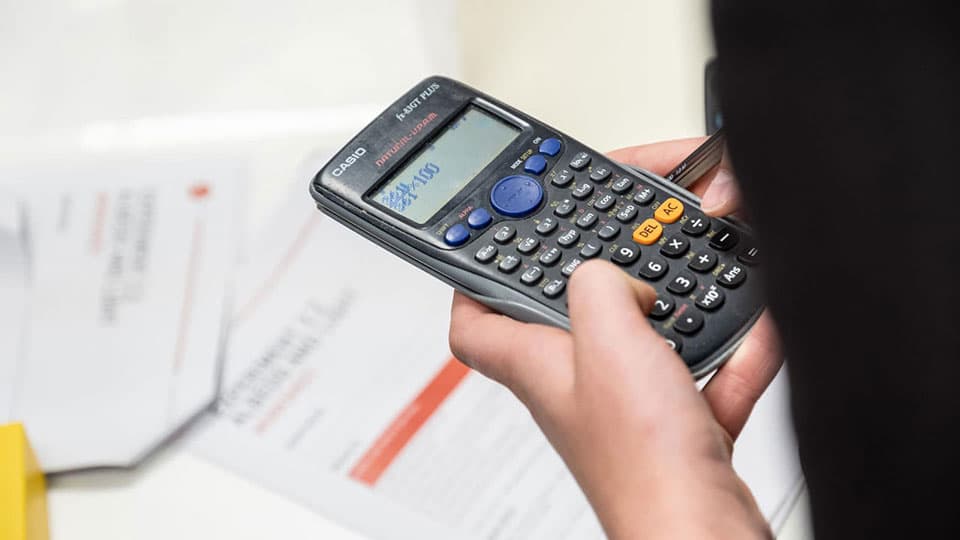Researchers from Loughborough University are investigating the impact of sleep on learning to try to understand whether the time of day makes a difference to a person’s memory.
Dr Jayne Trickett and Dr Camilla Gilmore will work with a group of undergraduates and set them multiplications problems, such as 13x7, before bed and in the morning.
The researchers will then test their memory 10 hours later and compare the difference in learning and remembering between the two conditions.
“This will show us if students forgot fewer answers when they learnt the facts before bedtime compared to learning in the morning,” said Dr Trickett, of Loughborough’s Mathematics Education Centre.
“One theory suggests that new memories are temporarily stored and then reactivated during sleep, which helps to consolidate these memories so that they can easily be retrieved.
“This is shown in one study whereby children and adults were asked to learn pairs of words either prior to sleep in the evening or in the morning.
“Participants remembered more of the word pairs when learning occurred prior to sleep compared to learning in the morning.
“When learning occurs prior to sleep, the learnt information benefits from consolidation during sleep, which does not occur for information that is learnt in the morning.
“We want to see if we find the same effect with learning multiplications.”
The project will also ask if parents feel it is practical to encourage their children to practice their times tables before bedtime.
Dr Trickett said previous studies have shown that children who can recall multiplication facts tend to have better overall maths achievement.
She said: “Knowing your times tables is important for future maths learning and thinking.
“Being able to recall multiplication facts, rather than having to calculate them each time, helps with problem-solving and identifying mathematical patterns and conceptual relationships.”
